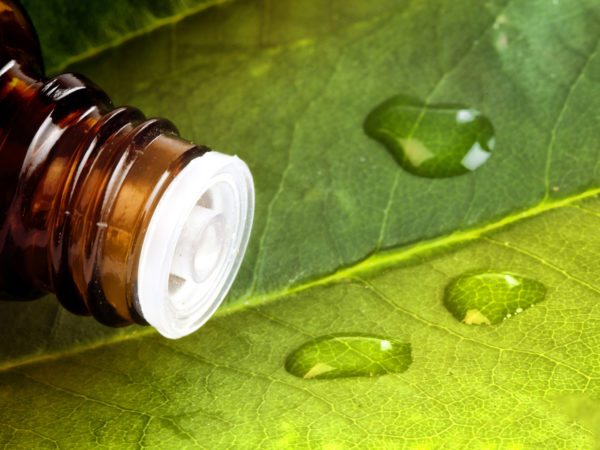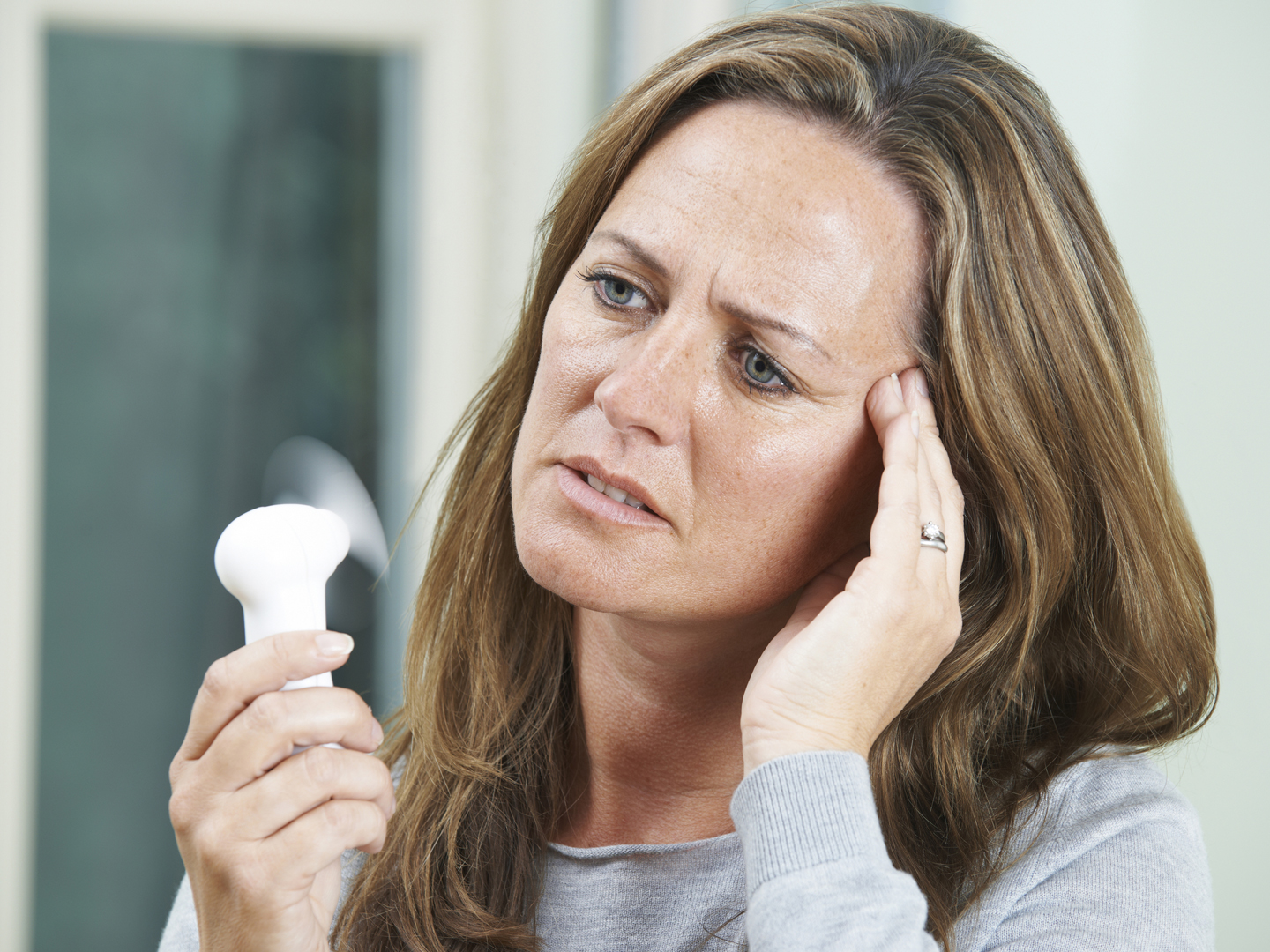Vaginitis

What is Vaginitis?
Vaginitis is a general term describing inflammation of the vagina. As many as one third of women will develop symptoms of vaginitis at some point in their lives, especially during their reproductive years . This most commonly occurs when the normal bacterial flora in the vagina becomes out of balance, allowing overgrowth of other organisms. There are different types of vaginitis, at least three of which are infectious: Candida, trichomoniasis, bacterial vaginosis (BV), and atrophic vaginitis.
What Are Vaginitis Symptoms?
With Candida, also known as a vaginal yeast infection, there is classically a thick, white discharge from the vagina, resembling “cottage cheese” in appearance, but it can also be watery . Usually, the discharge has no smell, but the vagina and labia are reddened, itchy, and the infection might cause pain during intercourse and urination. While Candida is not contagious, some men can develop a rash on the penis and itching following sexual contact with an infected partner.
Trichomoniasis, a sexually transmitted disease caused by the single-celled protozoan parasite Trichomonas vaginalis, may manifest no symptoms for years, and therefore may go untreated with the potential to be spread to others. Symptoms can include an often foamy yellow-gray or green discharge, itching and burning, as well as painful urination.
Bacterial vaginosis is the most common cause of vaginitis, and is the result of an imbalance among naturally occurring vaginal flora. It may produce a milky-looking discharge that smells “fishy” as well as burning during urination. Itching is not as common, but can be present if is a lot of discharge.
Up to 40% of postmenopausal women experience symptoms of atrophic vaginitis. With this noninfectious vaginitis, the post-menopausal vaginal tissues become thinner and drier, which may lead to itching, burning, or pain.
What Are The Causes Of Vaginitis?
Bacteria and certain forms of yeast normally grow in the vaginal area; this is known as the vaginal flora. For optimal health, the type and amount of each organism present should remain in balance. When this balance is altered beyond an acceptable range for the body, vaginitis ensues.
Candida infections are caused by fungal overgrowth. It is not always known what causes this imbalance, but yeast infections commonly occur as a side effect of oral antibiotics, during pregnancy, and among diabetics.
Trichomoniasis is caused by a parasite that can be passed from one person to another via sexual contact. While trichomoniasis is usually passed sexually, it may also be picked up from genital contact with damp or moist objects such as towels, wet clothing, or a toilet seat.
Bacterial vaginosis develops when bacteria in the vagina significantly multiply. The reasons for this are unclear, but it has been associated with changes in vaginal hygiene. Douching, using an intrauterine device for contraception, and pregnancy all raise risk of BV. While it does not appear to be a sexually transmitted disorder, there is a higher incidence of the condition among women with new or multiple sexual partners.
Atrophic vaginitis results from reduced estrogen levels after menopause or from taking anti-estrogenic medication.
What Is The Conventional Treatment Of Vaginitis?
Yeast infections are typically treated with antifungal creams or suppositories, like miconazole (Monistat), clotrimazole (Gyne-Lotrimin), and butoconazole (Vagistat). Yeast infections may also be treated with a one-time dose of an oral antifungal medication, such as fluconazole (Diflucan).
Trichomoniasis is often treated with oral metronidazole (Flagyl) or tinidazole (Tindamax).
Bacterial vaginosis is treated with antibiotics, usually oral metronidazole (Flagyl) or Clindamycin ; however some women prefer to use topical vaginal preparations such as metronidazole gel or clindamycin suppositories.
Atrophic vaginitis can effectively be treated with estrogen, either in the form of vaginal creams or tablets, patches, and vaginal rings.
What Does Dr. Weil Recommend For Vaginitis?
Diet: You may be able to help avoid fungal vaginitis and bacterial vaginosis by limiting sugar in your diet and adding some raw garlic, a potent antifungal and antibacterial agent.
Supplements: As an alternative to antibiotic therapy, you can use tea tree oil suppositories or douche with tea tree oil. Make a 10 percent solution (about one and a half tablespoons of tea tree oil to a cup of warm water). Discontinue if you find that this treatment causes irritation. Another alternative reviewed in the Journal of Women’s Health showed that women with chronic vaginitis caused by Candida resistant to traditional medications can be treated effectively with boric acid suppository capsules taken nightly for 7 to 10 days. This treatment should not be used frequently or when pregnant. Bee honey mixed with yogurt rich in Lactobacilli has also been shown to be quite effective against vaginal candida infection and can be safely used in pregnancy.
How To Prevent Vaginitis
Once vaginitis is treated, it is important to reinstate a healthy vaginal microflora to prevent the overgrowth of the yeast and bacteria that cause vaginitis. You can do this best by taking probiotics, either in live culture yogurt or in capsule form. Dr. Weil recommends products that contain Lactobacillus GG or Bacillus coagulans (BC-30). Good vaginal hygiene may relieve symptoms and prevent some types of vaginitis from recurring.
Dr. Weil’s recommendations include:
- Avoid frequent, long baths as well as hot tubs and whirlpools.
- While showering, rinse the genital area thoroughly and when done, pat dry to prevent prolonged moisture and irritation.
- Do not use scented or harsh soaps, such as those with deodorant or antibacterial action.
- Do not use scented tampons or pads that may be irritating to vaginal tissue.
- Always wipe from front to back after using the toilet to avoid the spread of bacteria from the anus.
- Avoid regular douching as it is not necessary and disrupts the normal vaginal flora.
- Use condoms to help prevent sexually transmitted infections.
- Avoid regularly wearing undergarments that cause genital sweating; choose lighter cotton underwear and hosiery with a cotton lining.
Reviewed by Ben Gonzalez, M.D. September, 2016
Sources:
Arch Gynecol Obstet. 2012 Jul;286(1):109-14. doi: 10.1007/s00404-012-2242-5. Epub 2012 Feb 8.
Glob J Health Sci. 2015 Nov; 7(6): 108-116.
http://www.ncbi.nlm.nih.gov/pmc/articles/PMC4803919/
Womens Health (Larchmt). 2011 Aug;20(8):1245-55. doi: 10.1089/jwh.2010.2708. Epub 2011 Jul 20.
http://cid.oxfordjournals.org/content/32/4/e69.full
http://umm.edu/health/medical/altmed/condition/vaginitis
http://www.aafp.org/afp/2000/0515/p3090.html
http://www.acog.org/Patients/FAQs/Vaginitis
http://www.cdc.gov/std/bv/stdfact-bacterial-vaginosis.htm
http://www.clevelandclinicmeded.com/medicalpubs/diseasemanagement/womens-health/vaginitis/
http://www.hopkinsmedicine.org/healthlibrary/conditions/gynecological_health/vaginitis_85,P00595/
http://www.med.navy.mil/sites/NMCP2/BranchClinics/NAVSTANorfolk/Documents/Trichomoniasis.pdf
https://www.nlm.nih.gov/medlineplus/druginfo/meds/a682012.html
https://www.nlm.nih.gov/medlineplus/ency/article/001511.htm









